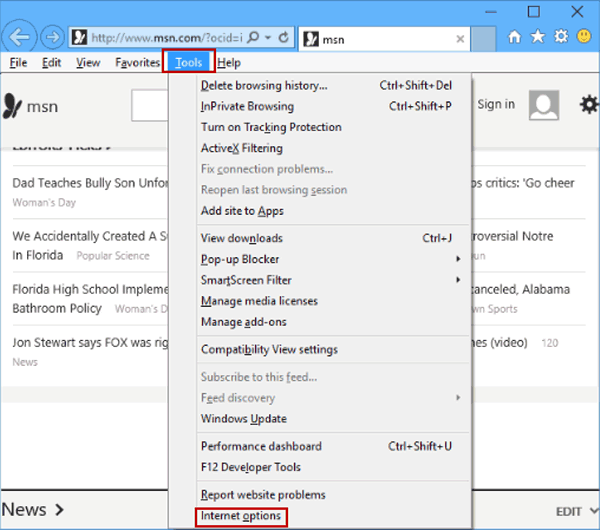

ADSL typically provides faster speed in the downstream direction than the upstream direction. Asymmetrical Digital Subscriber Line (ADSL) – Used primarily by residential customers, such as Internet surfers, who receive a lot of data but do not send much.The following are types of DSL transmission technologies:

The availability and speed of your DSL service may depend on the distance from your home or business to the closest telephone company facility. DSL-based broadband provides transmission speeds ranging from several hundred Kbps to millions of bits per second (Mbps). Digital Subscriber Line (DSL)ĭSL is a wireline transmission technology that transmits data faster over traditional copper telephone lines already installed to homes and businesses. These may include whether you are located in an urban or rural area, how broadband Internet access is packaged with other services (such as voice telephone and home entertainment), price, and availability. The broadband technology you choose will depend on a number of factors. Broadband includes several high-speed transmission technologies such as: The default is set to 3 minutes and can be adjusted if necessary.The term broadband commonly refers to high-speed Internet access that is always on and faster than the traditional dial-up access. For synchronisation to happen, the charged voltage and tail current conditions need to have been met as well. The default is set to 4% and can be adjusted if needed.Ĭharged detection time: is the time passed after which the battery monitor synchronises and resets the SoC to 100%. For synchronisation to happen, the charged voltage and charge detection time conditions need to have been met as well. Tail current: the current at below which the battery monitor synchronises and resets the SoC to 100%. In case the system voltage setting is changed, the charged voltage setting needs to be adjusted as well. The default is set to 14.0V and can be adjusted if necessary. For synchronisation to happen, the tail current and charged detection time conditions need to have been met as well.
#Access atc broadband internet settings full#
A full list of all settings used can be found in the Appendix section 10.3.Ĭharged voltage: the voltage at above which the battery monitor synchronises and resets the SoC to 100%. The reason for this is that the Lynx Smart BMS is always used together with Victron Lithium Batteries Smart and a lot of battery monitor parameters are therefore known because they relate to the battery type. Unlike other battery monitors, the Lynx Smart BMS battery monitor settings are mostly fixed settings and are not customisable. In addition to the SoC threshold, a new charging cycle is started after a firmware update, when the battery voltages are below 12V/24V/48V (3V per cell) or when a low cell voltage is detected. This can be adjusted if required.Ī new charge cycle means that the CVL (charge voltage limit) is increased from 13.5V (for a 12V battery) to 14.2V. This is the threshold at which the Lynx Smart BMS starts a new full charging cycle. The default is every 30 days and can be adjusted if required. Repeated absorption interval: in days at which a new full charging cycle is started, if the battery SoC does not fall below the SoC threshold. In this way it’s possible to save some battery power for essential DC loads, for example on boats such as lighting, bilge pump and navigation.Ībsorption time: is set to 2 hours by default. Lynx Smart BMS related menu structure of the GX deviceĭischarge Current Limit at pre-alarm (default "No"): if set to "Yes", the discharge current limit is already set to 0A in the event of a pre-alarm, while the ATC contact remains closed. LED indications, warnings, alarm and error codes State of charge does not increase/decrease fast enough or too fast when charging/discharging. BMS is displaying alarm while all cell voltages are within range The pre-alarm setting is missing in VictronConnect The BMS frequently disables the battery charger
#Access atc broadband internet settings how to#
How to recover from OFF mode when no charge voltage was detected Commissioning and Operation of the Lynx Smart BMS Lynx Smart BMS, 1x Lynx Distributor and lithium batteries Lynx Smart BMS, 2x Lynx Distributor and lithium batteries Connect ATC/ATD controlled loads and chargers Mounting and interconnecting Lynx modules Integration into the Lynx Distributor System System Design considerations and examples


 0 kommentar(er)
0 kommentar(er)
